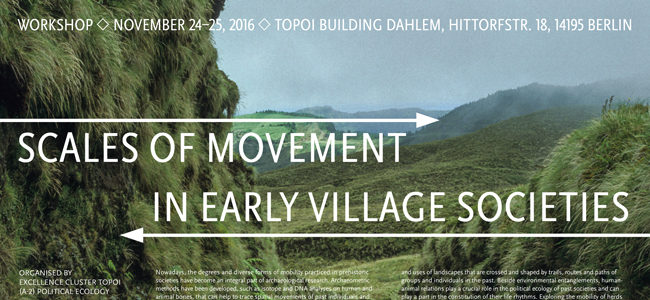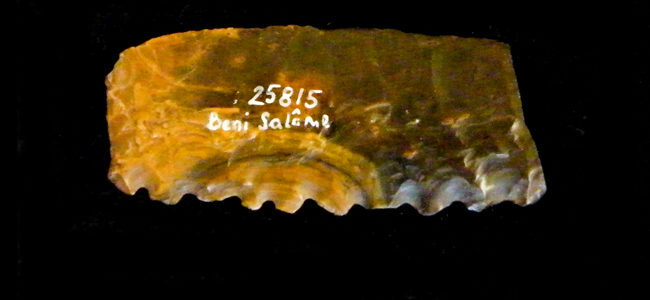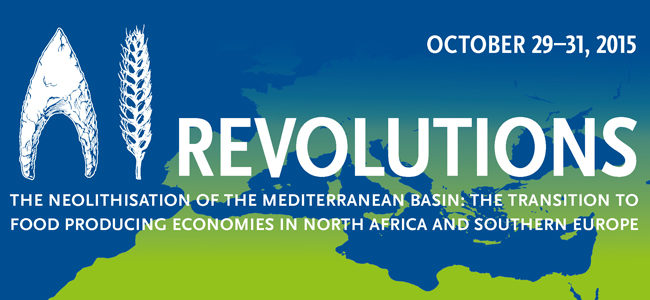The research group “Political Ecology of Non-Sedentary Communities” encompassed three research projects examining archeological remains from various time periods in the Nile Delta, the foothills of the Kopet Dag and in the steppe region of western Eurasia; a fourth project in the group consisted of climate and ecological modeling for Europe over the past 6000 years.
| 28 | Researchers |
| 3 | Research Projects |
| 4 | Dissertation Projects |
| 24 | Publications |
| 14 | Events |
| 12 | Cooperating partners |
The researchers in this group are investigating processes and dynamics which played out in different geographic spaces and different chronological periods between 9000 and 300 BCE. We propose a triad of three terms, Umgebung, Umwelt, and Mitwelt to serve as a concept for all of these projects, which varying greatly in terms of the chronological period, location and the way of life of the populations under study, as well as with respect to the archeological database.
The projects can be described on the basis of evidence of multifaceted practical actions. These actions on the part of the populations under study, revealed only fragmentarily in the archaeological record, were investigated using the research strategies presented here. The strategies have been developed from the discussion on political ecology associated with discourses in the social sciences and the humanities.
Research Projects
- (A-2-1) Pastorialism on the Eurasian steppes
- (A-2-2) Mobile village cultures in the foothills of the Kopet Dag
- (A-2-4) The Neolithic in the Nile Delta
Dissertations
- (A-2-1-1) Diet and subsistence practices in the Dnieper area of the North-Pontic region (4th – 3rd millennium BC): An integrated archaeological, molecular and isotopic approach
- (A-2-1-2) On the informational value of isotope analyses using the example of Eneolithic–Early Bronze Age faunal remains from the west Eurasian steppe
- (A-2-1-3) Regional climate and ecological modeling
- (A-2-2-1) Tracing the change: A multiscalar look at dwelling and building practices in the prehistoric Kopet Dag




